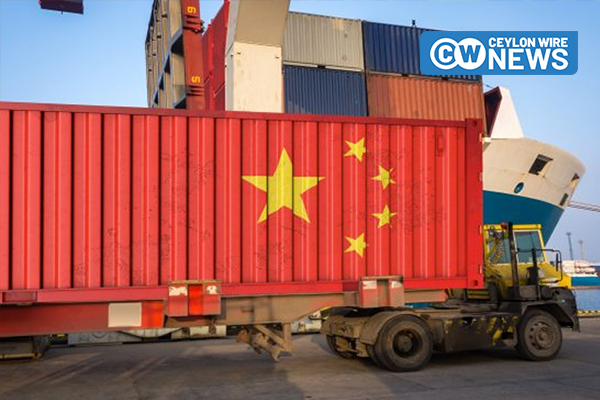The escalating disruptions to Red Sea freight are placing the survival of Chinese businesses at risk, as shipping costs surge, impacting profitability and supply chains. Han Changming, a Chinese businessman exporting cars to Africa and importing vehicles from Europe, reveals that the cost of shipping a container to Europe has more than doubled from $3,000 in December to approximately $7,000.
Han’s trading company, Fuzhou Han Changming International Trade Co Ltd, founded in 2016, is grappling with eroded profits due to disruptions caused by attacks on shipping, particularly by Yemen’s Iran-aligned Houthi movement. The vulnerability of China’s export-reliant economy to external demand shocks and supply snarls is highlighted, exposing the need for resilient supply chains.
Premier Li Qiang emphasized the importance of keeping global supply chains “stable and smooth” during a speech at the World Economic Forum, underlining the significance of maintaining economic stability. However, the disruptions to one of the world’s busiest shipping routes raise concerns about the potential impact on China’s export-dependent economy.
Some companies, like U.S.-based BDI Furniture, are diversifying their supply sources to places such as Turkey and Vietnam to mitigate disruptions. This move aligns with broader trends of reducing dependence on China, especially amid geopolitical tensions.
The danger for China lies in the possibility of more companies reassessing their de-risking strategy, potentially opting for “near-shoring” and shifting production closer to home. Marco Castelli, founder of IC Trade, warns that if the disruptions are permanent, it could prompt a significant readjustment of the entire mechanism, with some companies considering relocating more production to countries like India.
As disruptions persist, the pressure on China’s struggling economy, already grappling with a property crisis, weak consumer demand, and sluggish global growth, intensifies. For businesses like Han’s, with 40% of their overall trade tied to Europe and Africa, the financial strain is acute. Han has been urging suppliers and customers to share additional costs to sustain his company.
The disruptions also coincide with the approaching Lunar New Year in February, creating logistical challenges as factories shut down, and millions of migrant workers go on leave. Mike Sagan of KidKraft reports European customers slamming on the brakes, impacting payments and causing financial distress for suppliers, especially smaller ones with tight margins.
Rerouting vessels from the Red Sea, typically the shortest route from Asia to Europe, around the Cape of Good Hope increases shipping schedules by two weeks, disrupting global container capacity and cleaving supply chains. These disruptions are expected to lead to delays for goods scheduled to arrive on Western shelves in April or May.
The Suez Canal, a primary route for China’s westward shipments to Europe, handles around 60% of its exports to Europe, emphasizing the critical nature of this trade route for China’s economy. As businesses grapple with delayed payments, challenges to the supply chain, and potential financial strain, the long-term impact on China’s economic landscape remains uncertain. Source – Reuters









